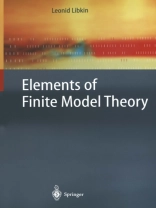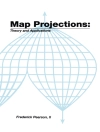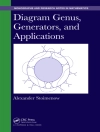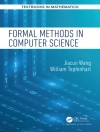Finite model theory is an area of mathematical logic that grew out of computer science applications. The main sources of motivational examples for finite model theory are found in database theory, computational complexity, and formal languages, although in recent years connections with other areas, such as formal methods and verification, and artificial intelligence, have been discovered. The birth of finite model theory is often identified with Trakhtenbrot’s result from 1950 stating that validity over finite models is not recursively enumerable; in other words, completeness fails over finite models. The tech- nique of the proof, based on encoding Turing machine computations as finite structures, was reused by Fagin almost a quarter century later to prove his cel- ebrated result that put the equality sign between the class NP and existential second-order logic, thereby providing a machine-independent characterization of an important complexity class. In 1982, Immerman and Vardi showed that over ordered structures, a fixed point extension of first-order logic captures the complexity class PTIME of polynomial time computable properti E~s. Shortly thereafter, logical characterizations of other important complexity classes were obtained. This line of work is often referred to as descriptive complexity. A different line of finite model theory research is associated with the de- velopment of relational databases. By the late 1970s, the relational database model had replaced others, and all the basic query languages for it were es- sentially first-order predicate calculus or its minor extensions.
Leonid Libkin
Elements of Finite Model Theory [PDF ebook]
Elements of Finite Model Theory [PDF ebook]
Mua cuốn sách điện tử này và nhận thêm 1 cuốn MIỄN PHÍ!
Ngôn ngữ Anh ● định dạng PDF ● ISBN 9783662070031 ● Nhà xuất bản Springer Berlin Heidelberg ● Được phát hành 2013 ● Có thể tải xuống 3 lần ● Tiền tệ EUR ● TÔI 6342579 ● Sao chép bảo vệ Adobe DRM
Yêu cầu trình đọc ebook có khả năng DRM












